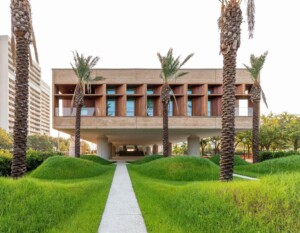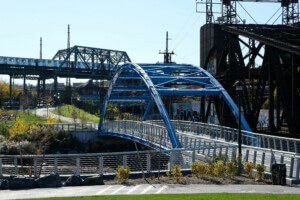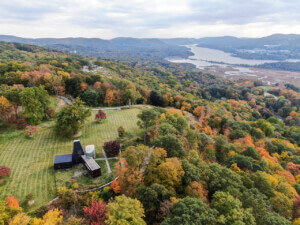Spatial Affairs Bureau can get a lot done.
Started in 2010, the multifaceted landscape, architecture, and design practice led by Peter Culley boasts a wide array of diverse and engaging projects in the United States and England, with offices in London, Los Angeles, and Richmond, Virginia. With a background in landscape-focused cultural projects—Culley earned his stripes at London-based landscape architecture practice Gustafson Porter + Bowman in the late 1990s—Spatial Affairs pursues an intellectually nimble practice by pushing project constraints toward broad ends that encompass everything from “interior landscapes” to urban-scaled configurations.
As the number of commissions in hand has multiplied over the years, the practice has become well-versed in combining the advice of expert consultants with its own penchant for programmatic and spatial innovation. It does so in an effort to create layered material and historic conditions that always push back toward the landscape in some form or another. The approach has resulted in a string of under-the-radar but dramatically good-looking commissions that aim to create something greater—and more cohesive—than the typical, rigidly defined arenas of normative practice might allow.
Aside from the work profiled here, Spatial Affairs Bureau has a number of other significant projects on the way, including several sustainable houses in Los Angeles, a master plan and remodel of the headquarters for advertising agency TBWA\Chiat\Day, and a new pedestrian path and bicycle redevelopment scheme for the Richmond, Virginia, waterfront.
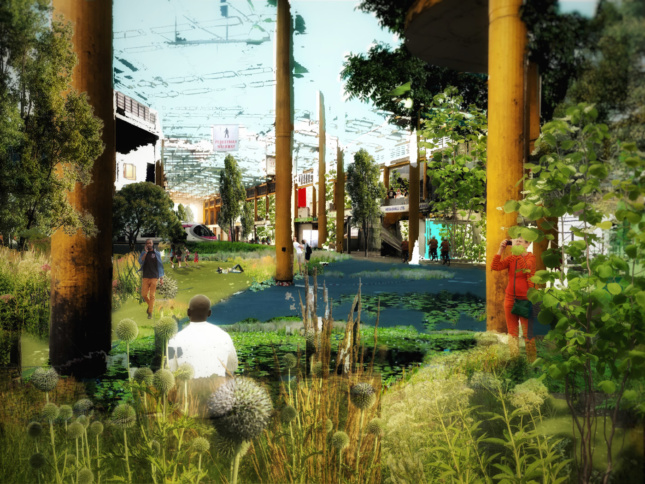
Birmingham Markets Park
As the city of Birmingham, England, looks to capitalize on a historic opportunity to create a new major civic space and park, Spatial Affairs is working to enrich a community-led proposal by laying out new residential, commercial, and public spaces in synergy with greenery and public health goals. To highlight the potential of the site, Spatial Affairs has developed an alternative approach that appropriates the leftover footprint of a redundant public market as the heart of the new parks complex. The project aims not only to meet the city’s stated commercial and residential development goals, but also to use urban design in an effort to focus the benefits of rising land values surrounding the site toward community needs.
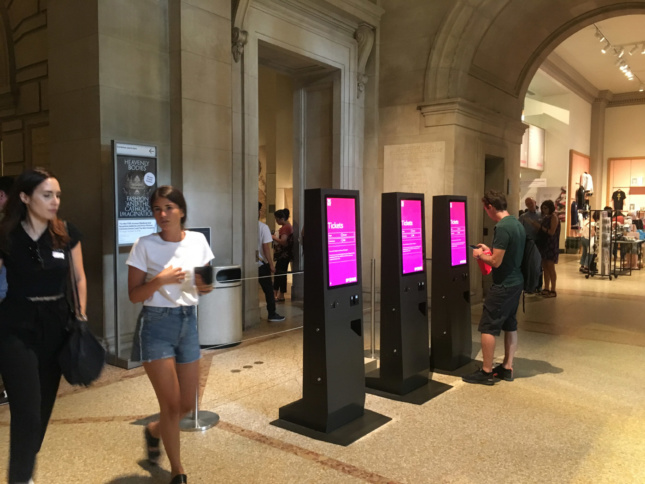
Spatial Affairs Bureau has worked on several projects with the Metropolitan Museum of Art in New York City, both as a part of an interdisciplinary team that provided new outdoor seating areas for the museum’s Fifth Avenue location, and for several other projects as an independent contractor, including at the Met Breuer building. As part of its work with the Met, for example, the firm developed a pair of black metal panel–wrapped security buildings to flank the museum. Here, Culley deploys gently tapering forms designed to “respond to the classical architecture and soften the impact of larger elements as they meet the ground.” The approach was mirrored in a series of sleek bronze ticketing kiosks Culley created to help relieve crowding at both museum locations.
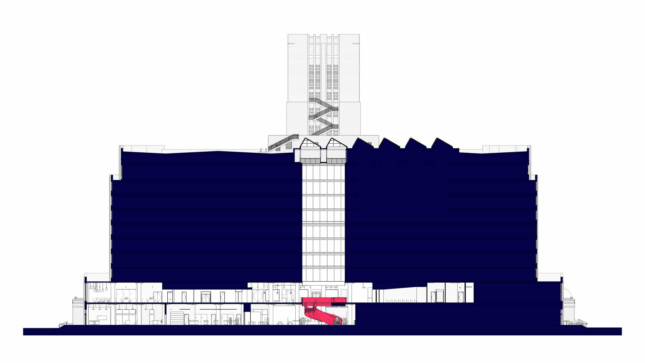
Crosstown Arts
The Contemporary Art Center in Memphis, Tennessee, is an arts and culture complex strategically carved out from within the hulking mass of a landmarked—but currently underutilized—1.5 million-square-foot former Sears warehouse and distribution center. The venue includes galleries, shared art making facilities, offices, artist-in-residence studios, and a bar. These amenities encompass portions of the first two floors of the warehouse, including a 10-story light well located at the center of the complex. With a distinctive, curving red staircase and excavated flared concrete columns populating the main “hypostyle” lobby, the complex represents an attempt to breathe new social life into a long-forgotten relic.
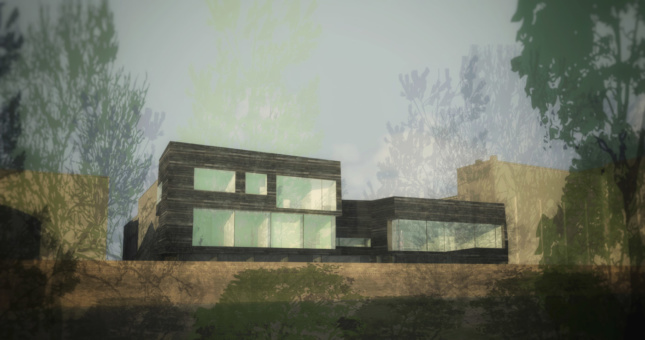
Bouverie Mews
Culley is also pushing the envelope in terms of housing, especially with the firm’s proposal for a planned 5,400-square-foot arts and residential compound in North London. There, the architect is working on a ground-up duplex anchored by studio space and a sculpture court. The Passive House complex is located atop a former brownfield site and is sandwiched between existing multifamily homes, warehouses, and the Grade II Listed Abney Park Cemetery Wall. Due to the landlocked project site, designs for the complex include multi-tiered gardens, precisely calibrated frameless skylights, and an interior layout that emphasizes borrowed daylight and views between different project areas.








